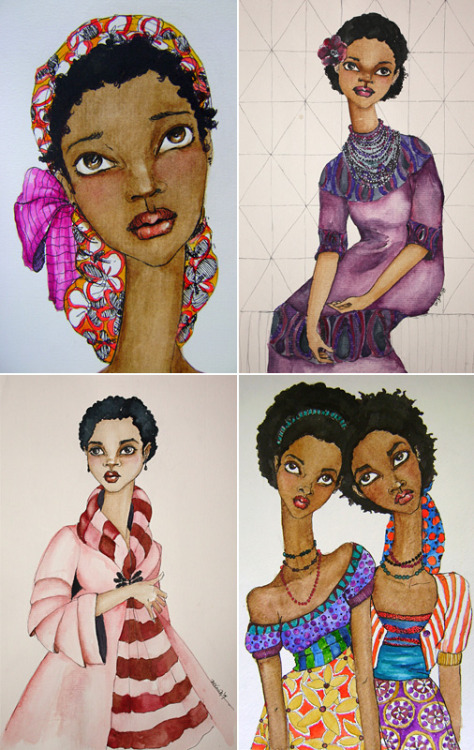 Aloe Vera gel for natural hair
Aloe Vera gel for natural hair is a wonderful alternative for many products that are advertised in a local store for moisturizing your thirsty roots. It’s a GOD given miracle plant that produces juices which have some AMAZING qualities for natural black hair as well as skincare.
Aloe Vera Gel Hair Benefits:
Detangles
Moisturizes
Activates Fresh Growth
Heals and Soothes Damaged Scalp from Scratches, Burns, Dandruff, etc.
Reduces Dandruff, Itchy, Scaly Scalp and Seborrheic Dermatitis
Balances pH Level (Porosity) of Hair
Tames Oily Hair
Defines Curl
May Serve as a Holding Gel
Prevents Excessive Hair Loss
Enhances Cellular Rejuvenation
Contains Natural Building Enzyme for Proteins
Anti-Inflammatory
4 Most Common Uses In Hair
Dandruff – It’s the enzymes in aloe vera that reduce dandruff by helping soothe and moisturize the scalp which helps to eliminate the scaly dryness that contributes to dandruff. It also helps promote blood circulation in the scalp, which works to stimulate the production of moisturizing oils. Your hair produces natural oils and aloe vera helps to balance them reducing an excess of dry or oily scalps. Similar to peppermint there is also a slight cooling sensation provided by the juices.
Shampoo – The restoration of strength to your hair is acquired by the essential vitamins and minerals aloe vera is naturally packed with. For women and men looking to prevent hair loss and promote new hair growth aloe vera can be mixed with coconut milk and oils to produce a nourishing shampoo. The two most common of oils used in conjunction with this miracle plant is Jojoba and Wheat Germ. When combined with herbs, essential oils, and plant extracts, the nutritive benefits of aloe vera are multiplied exponentially.
Hair Growth – Alopecia and the thinning of hair can be prevented with aloe vera due to the stimulation it provides with it’s natural enzymes that stave off hair loss.
Conditioner – If your hair or scalp is too oily or too dry aloe vera will help restore the proper balance. Your hair’s shine and natural sheen is restored by aloe vera’s natural conditioning capabilities. Natural hair will be softer and experience the benefit of being stronger with more suppleness when using this product.
source: thirsty roots





